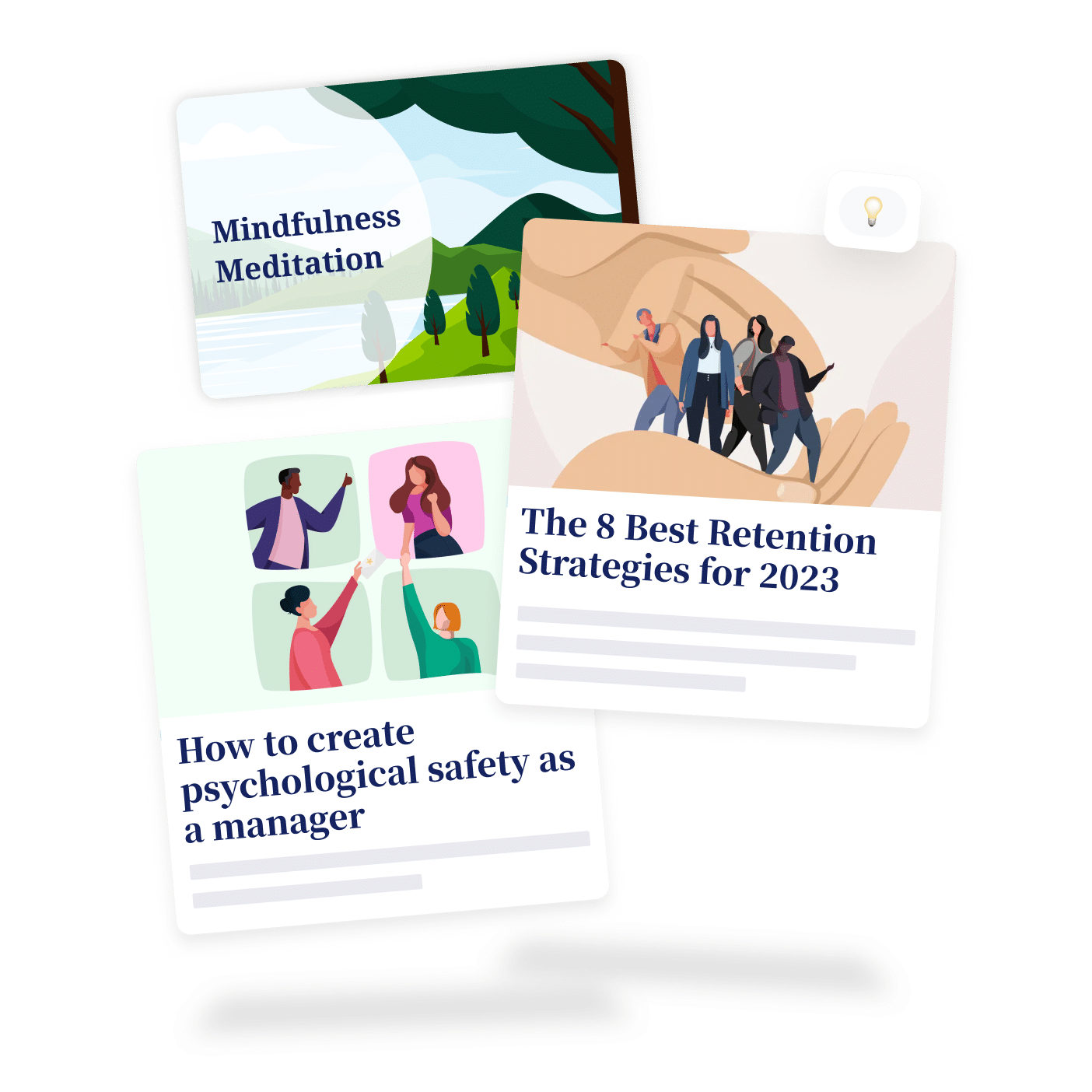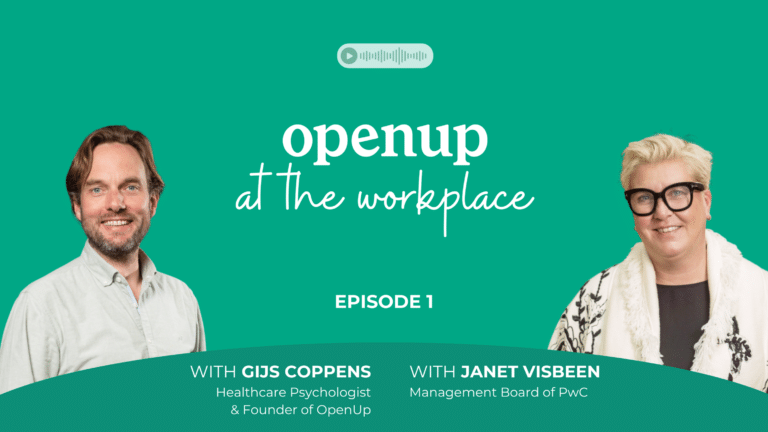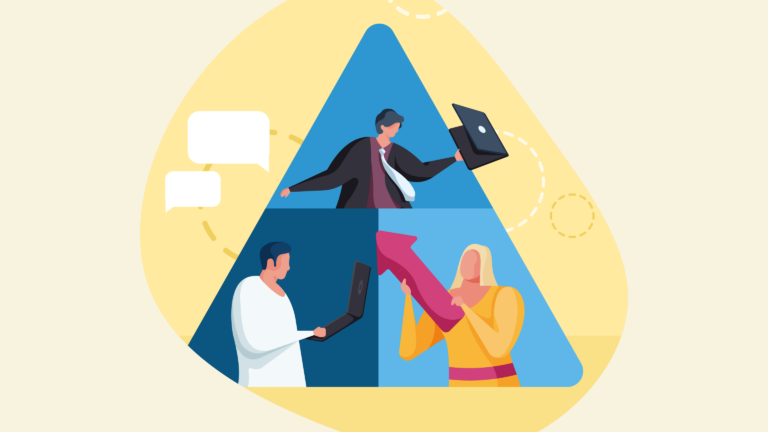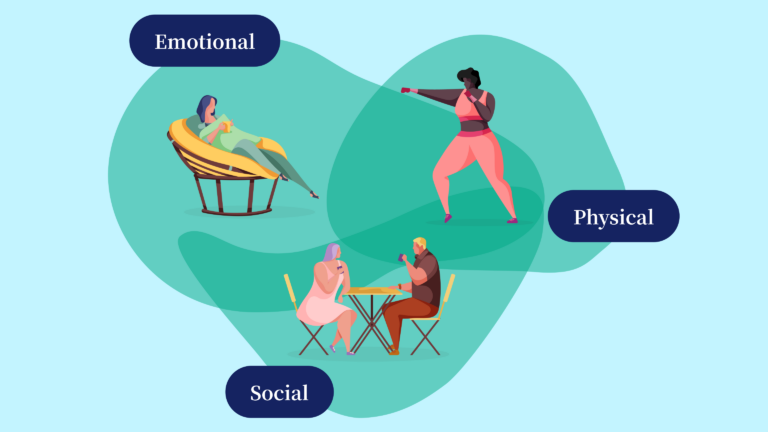2. Train and encourage experimentations
Boston Consulting Group research clearly showed that those with little experience of AI are more likely to be anxious about it and less optimistic about it. But at the same time, 61% of employees are also curious about AI.
“The answer to fear of the unknown is familiarising employees with AI technology,” explains psychologist Britt. “Probably a lot of people don’t know how to use it very well.”
What concrete steps can you take?
- Provide training on how to (safely) use AI tools.
- Encourage your employees to explore how AI applications can make their work easier, faster or more interesting, e.g. with an external course or in an internal ‘AI working group’.
- Don’t forget the importance of practice, either. Britt adds as a tip: “Besides getting information about AI, it can help to see it at work in practice.”
You can let employees practise using generative AI like ChatGPT themselves – for example, to write a report – or share a few tips with each other in a monthly meeting. And if HR, IT or the data department in your organisation is going to use a new technology, give a (online) demonstration to colleagues.
Leading by example is also essential. HR managers and all managers in the organisation should also experiment with and learn generative AI, before encouraging other employees to do so.
3. Foster flexibility and mental resilience
A healthy company culture in which you cultivate positivity and trust will also help your employees cope with rapid changes at work. Like the rise of AI.
Mental resilience means not letting circumstances throw you off course. A resilient employee recognises that we can grow through change. That person may also worry, but has the self-confidence to bend along and face challenges.
You build a resilient organisation by helping employees to actively work on their mental well-being. And of course, it helps if you also provide resources for this, such as an online platform for mental well-being.
What concrete steps can you take?
- Lead with a strengths-based approach: Strengths-based leadership is the ability to identify and make the best use of your own and your team members’ strengths. When it comes to promoting resiliency, focusing on strengths is essential as it allows employees to accelerate in their areas of expertise.
- Encourage employee self-care: Actively encourage employees to dedicate time for self-care during the workday. This can include promoting work-life balance boundaries, offering flexible work schedules, supporting employees in doing physical activity (such as walking meetings, a fitness allowance, or cycle to work schemes), and giving employees the right platform to support their mental well-being.
- Build an internal support network for your teams: Surrounding your team with positive, supportive mentors is a great step in building a more resilient organisation. 71% of employees with a mentor say their company provides them with good opportunities to advance in their career, compared with 47% of those without a mentor.
- Set realistic goals with your employees: Employees who are given goals to achieve consistently grow in confidence and resilience with every milestone reached. Using a constructive goal setting approach, managers can establish and encourage steady goal progress while keeping employees motivated and progressing at every step of the way. To avoid overwhelming employees, managers can set smaller, achievable milestones and check-in on progress regularly.
Want to know more about resilience? 👉 This is how to create a resilient culture that is good for the well-being of your organisation
The Next Steps You Can Take to Support Employee Mental Well-being with AI
Preparing employees for the advancements of AI takes commitment, training, and above all else, prioritising mental-well being to create a resilient workforce. Discover more about offering your employees a mental well-being platform that includes sessions with psychologists, self-guided care, mindfulness, and more.






